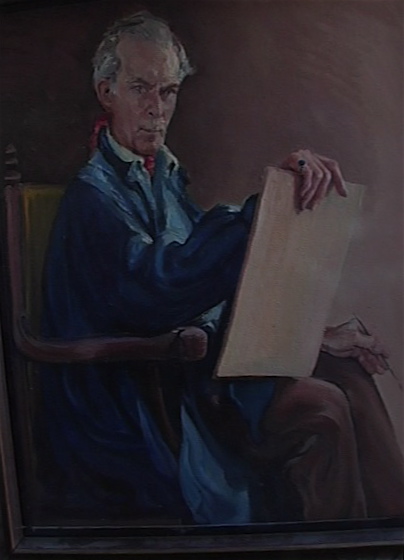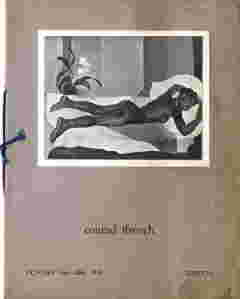
| Home | Lineage and Birth | The early years. | Conrad the Mountee. | 23rd of August 1914 | Captivity Espionage and Escapes | Augustabad | Barry Bingham VC | Conrad meets M | Conrad Assistant Military Atache. | The ffrench Connection | The Last Tigerhunt. | The Archaeology of the Reich | From Intrigue and artifice to Art. | The names Ffrench, Conrad Ffrench. | Ian Fleming | The Black Ore of Death | An Evil Medium | Off the Chessboard. | Arbutus Point. | Conrad retires to the field | The Art of Conrad O'Brien-ffrench | The Quotient of Conjecture. | News and Gossip | Bookshop & Bibliography | Mailbag | Related Links | Contact Me | |||||||||||||
|
Conrad Fulke O'Brien-ffrench. Artist and Spy. |
|||||||||||||
|
From Intrigue and artifice to Art. |
|||||||||||||
|
Before he
had left In the
best traditions of the budding artists of the day, Conrad found an attic studio
in the Parc Monsouri district. He mentions many friends during his time in
Paris: Simon Elwes, who became a famous artist; Henri
Cartier-Bresson, the photographer; Guy Arnoux, the artist; and Elena Mumm, the
champagne heiress who was later to become the wife of the American writer and
critic, Edmund Wilson.
It was the
time of the Great Depression, and making a living from art was difficult.
Conrad had begun corresponding with his father, and it was he who suggested
they spend Christmas in “I drew
simply because I love to draw. It became to me like a caressingly re-creative
movement, giving form in subtle lines with all the best of my technical
ability, in terms of planes and curves and other aspects of dimensions, to a
subject seen in its light of perfection. Not merely studies but portrayals, my
drawings became to me a revelation in economical line of all moods and
subtleties of those eternally enchanting qualities in the subject. My art
unfolded before me as a means of discovery and of sharing the truth as I found
it revealed around me.” (DM p.106) Drawing
was more a therapeutic pastime, a pleasure for him. I have been told told he
seldom had a pencil and pad far from hand and sketched everything. If you see
my collection, you can see what they meant. |
|||||||||||||
|
|
|||||||||||||
|
|
|||||||||||||
|
|
|||||||||||||




